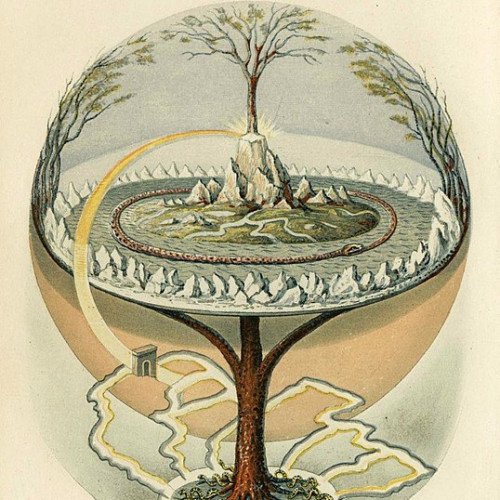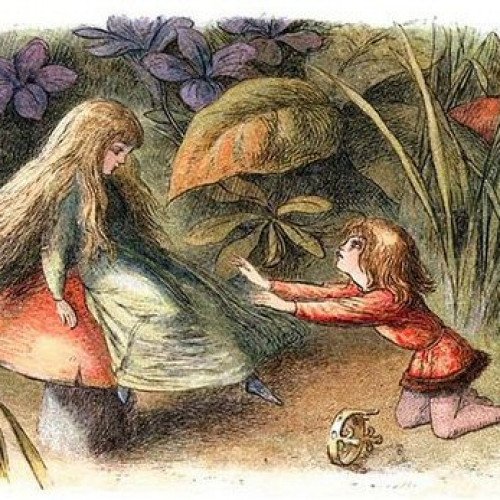World tree VS Sprite (folklore)

World tree
The world tree is a motif present in several religions and mythologies, particularly Indo-European religions, Siberian religions, and Native American religions. The world tree is represented as a colossal tree which supports the heavens, thereby connecting the heavens, the terrestrial world, and, through its roots, the underworld. It may also be strongly connected to the motif of the tree of life, but it is the source of wisdom of the ages. Specific world trees include égig érő fa in Hungarian mythology, Ağaç Ana in Turkic mythology, Modun in Mongol mythology, Yggdrasil in Norse mythology, Irminsul in Germanic mythology, the oak in Slavic, Finnish and Baltic, Iroko in Yoruba religion, Jianmu in Chinese mythology, and in Hindu mythology the Ashvattha (a Ficus religiosa).
Statistics for this Xoptio

Sprite (folklore)
A sprite is a supernatural entity in European mythology. They are often depicted as fairy-like creatures or as an ethereal entity. The word sprite is derived from the Latin spiritus ("spirit"), via the French esprit. Variations on the term include spright and the Celtic spriggan. The term is chiefly used with regard to elves and fairies in European folklore, and in modern English is rarely used in reference to spirits.